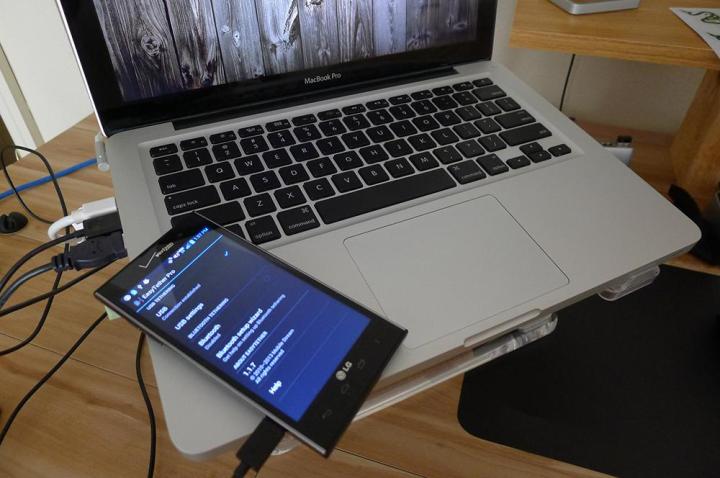
The feature itself is called “Instant Tethering,” and as the name suggests, it basically links up devices connected to your Google account, making it easier to stay online if your wireless connection drops. In other words, if one of your connected devices loses its connection, it can ask you proactively if you want to tether your device, and you can do so without the need for any extra setup. That connection extends beyond the internet — you’ll also be able check the battery life of your other devices.
We first heard of the feature last month, but at the time, it was made clear that there was a server-side component to it — meaning that while it could be seen in the code for Google Play Services 10.2, it wasn’t showing up as an option to actually use. Now, however, Google seems to have flipped that switch.
Not all devices are getting the feature — support documentation shows that only the Google Pixel, Pixel XL, Nexus 5X, Nexus 6P, and Nexus 6 can act as “hosts” that share their data. Those devices, plus the Pixel C and Nexus 9, can use the connection without the need for a password.
So how do you set up the new feature? Head to Settings > Google > Instant Tethering, then tap “Provide data connection” on the host device and “Get data connection” on the receiving device. You’ll need to have Bluetooth and Wi-Fi enabled. When a connected device lacks a data connection but a nearby phone has one, you can simply press “connect” to begin the connection process.
The feature also aims to save on battery — it’ll automatically disconnect after 10 minutes of no usage, ensuring you don’t use too much of your battery without needing to. Instant Tethering will work on Android Marshmallow, and phones will be able to tether with each other. We expect that Instant Tethering will be available on more devices as time goes on, but we don’t have official confirmation on that just yet.
Updated on 02-10-2017 by Christian de Looper: Added news that Instant Tethering is officially rolling out.


